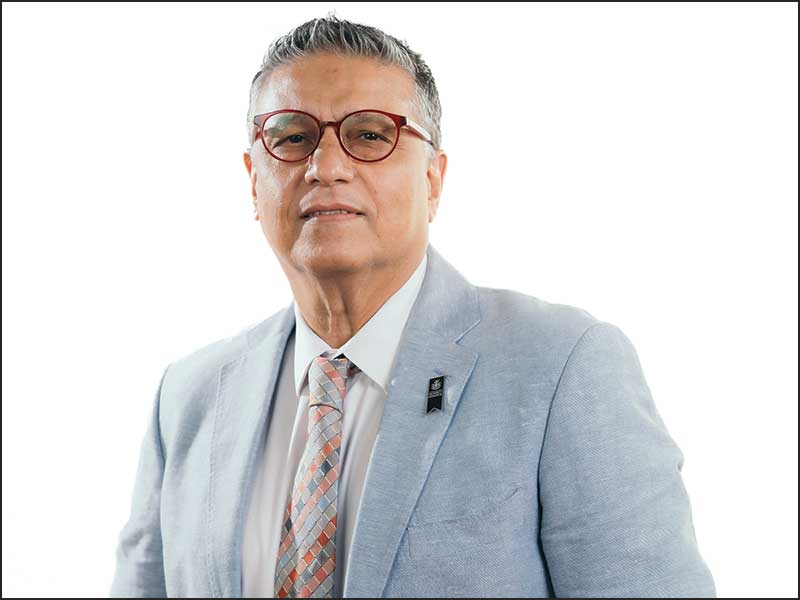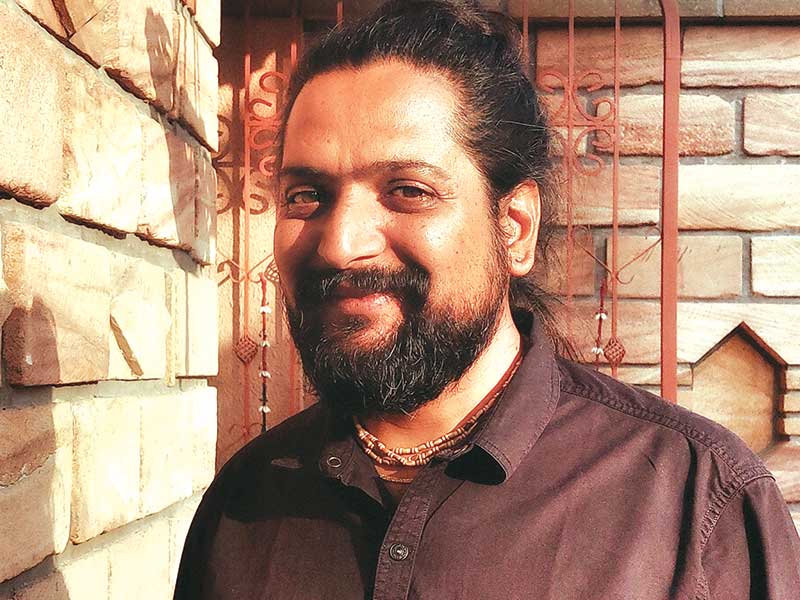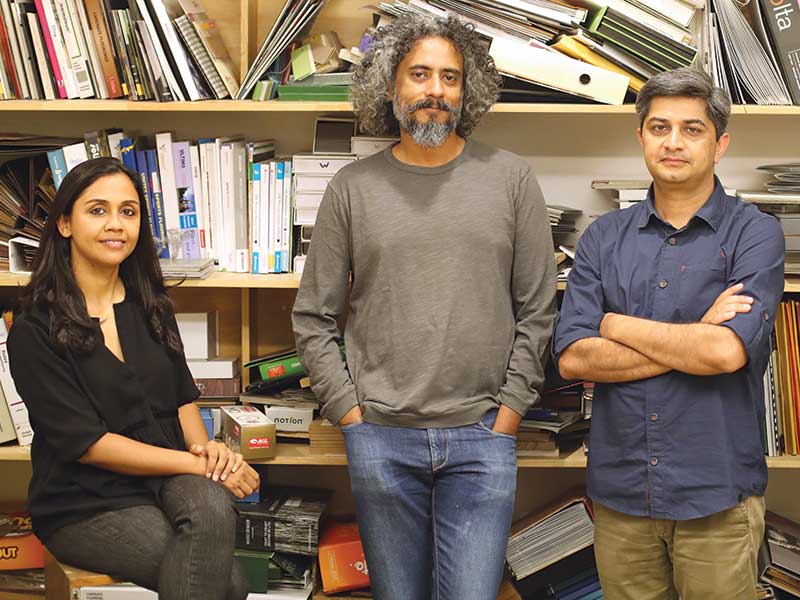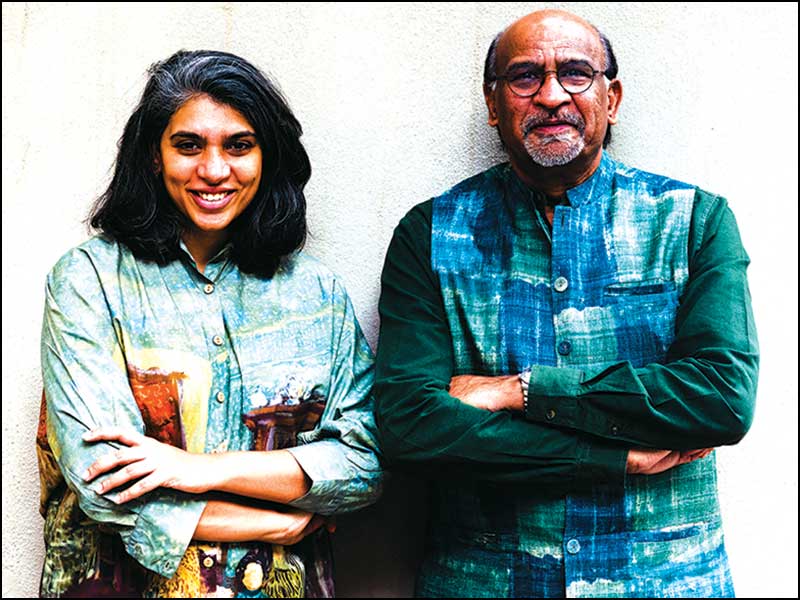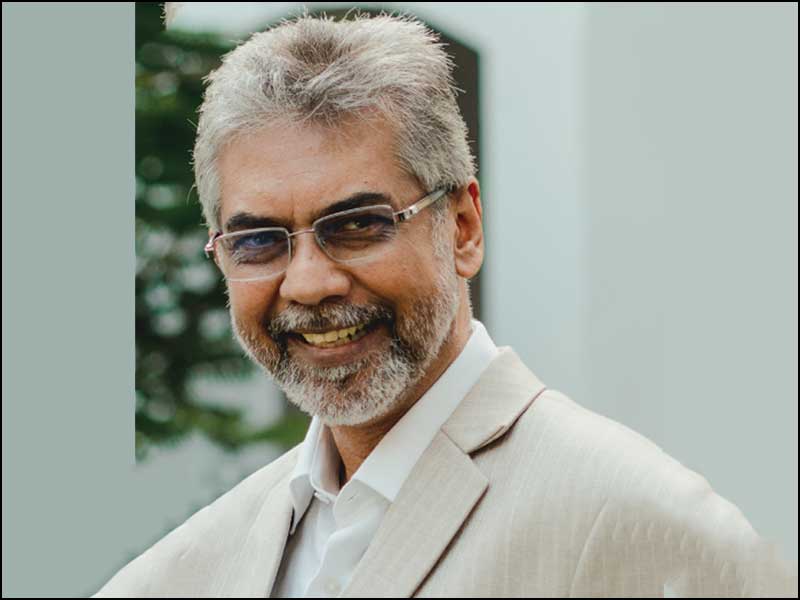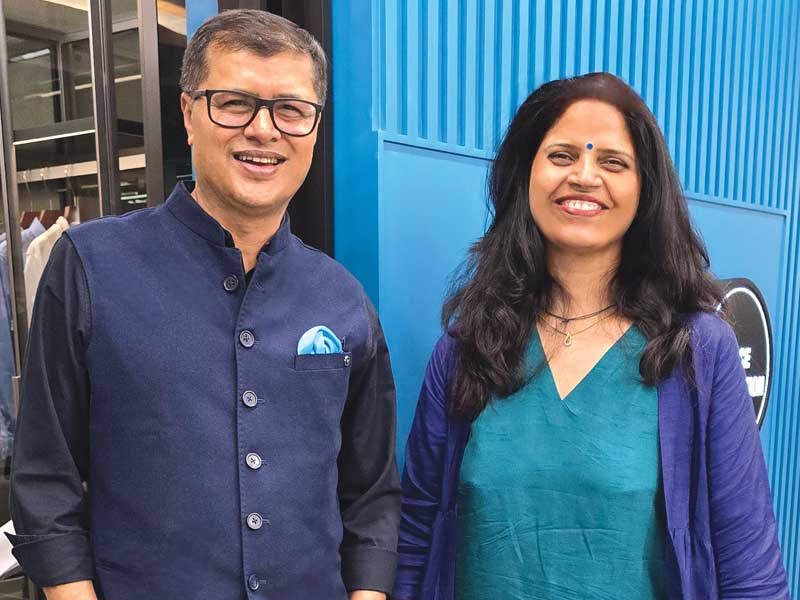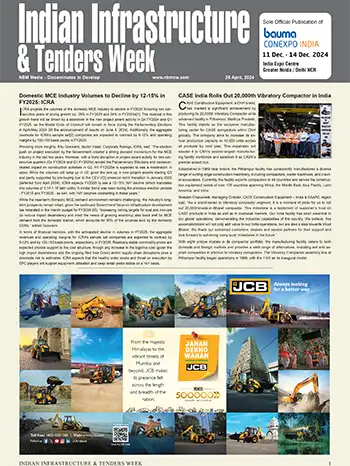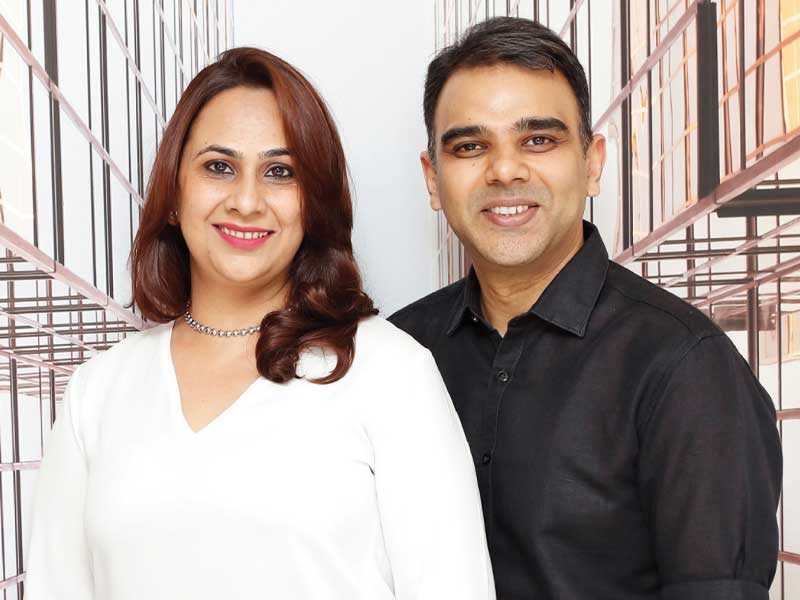
With the increasing prominence of global trends, there is a rising demand for spaces that blend urban lifestyles with Indian values. This desire has led us to adopt a comprehensive strategy by integrating smart home technologies with traditional Indian elements like courtyards and jaalis, thereby amalgamating modernity with heritage. The transition towards open living spaces and minimalist aesthetics further exemplifies this blend, emphasising efficiency and visual harmony, along with intelligent features and abundant natural light, amalgamating modern aesthetics with functional design.
Innovations in technology has fundamentally transformed the construction and design of our living spaces. Technological advancements are enabling more efficient and durable construction methods, enhancing the functionality and longevity of these culturally infused designs.
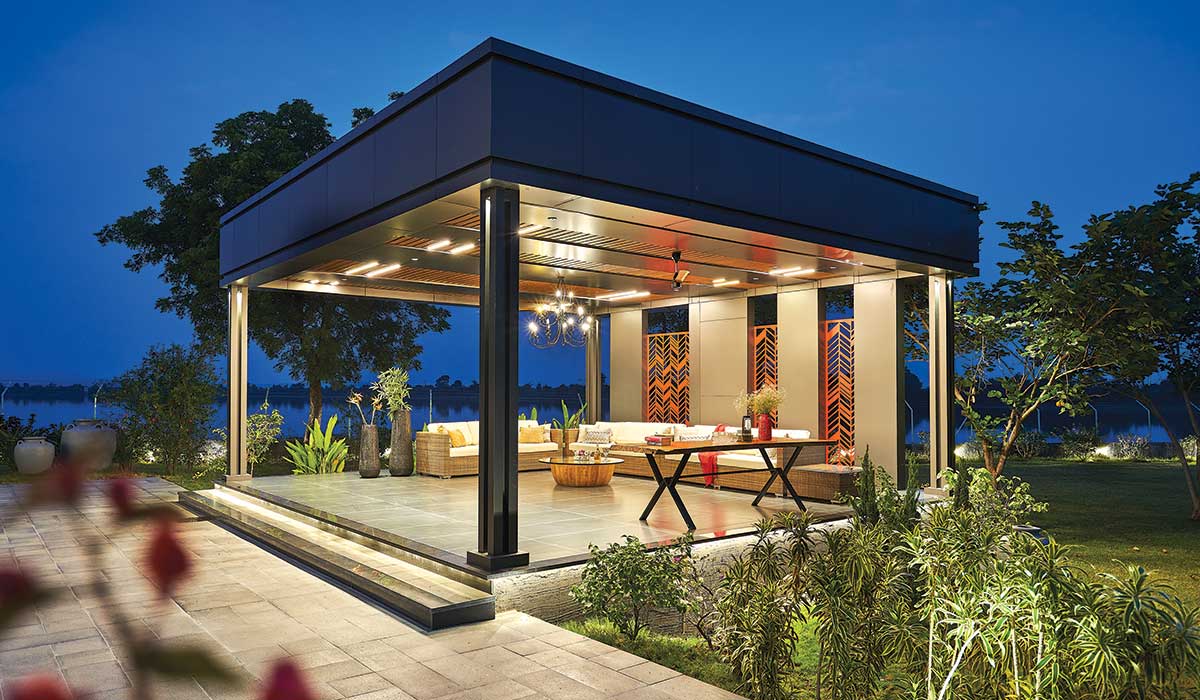
Simultaneously, there is a growing emphasis on sustainability, driven by both environmental imperatives and the anticipation of evolving demands for healthier living spaces. We as architects are choosing more natural and local materials and trying to build spaces that are good for the environment. This sustainable approach aligns with cultural relevance and leverages modern construction technologies to improve the environmental performance of buildings. Detailed simulations and analysis are being utilised to predict the performance and environmental impact of sustainable materials and construction methods. This makes green architecture both a practical and preferred choice.
Furthermore, the architecture in the country is experiencing a shift towards more collaborative working methodologies, which are catalysed by the advancement of digital platforms and tools. This shift encourages closer cooperation between us and the clients right from the inception of a project. Enhanced communication and real-time data sharing facilitate the exchange of ideas and make the process of decision-making more efficient. Such collaboration increases the efficiency and effectiveness of architectural projects and enables us to quickly adapt to changes, reducing errors and delays. It also helps us come up with creative and new ideas. It also lets us move beyond old ways of designing, making architecture more lively and quick to respond.
In conclusion, the promise of Indian architecture in the coming years is one of balance between the old and the new, the natural and the built, the functional and the aesthetic. The cities of tomorrow will look different and will also offer a new way of living. Moreover, smart cities hold immense potential to improve energy efficiency, manage resources, and enhance safety. This points to a future where architecture is as intelligent as it is aesthetically pleasing.

